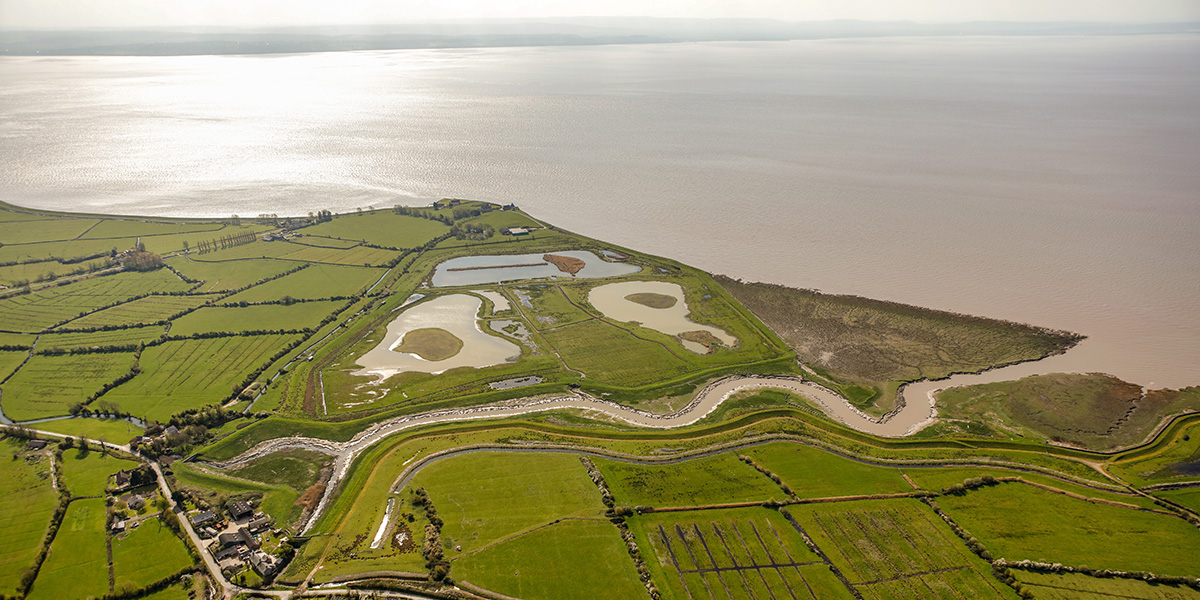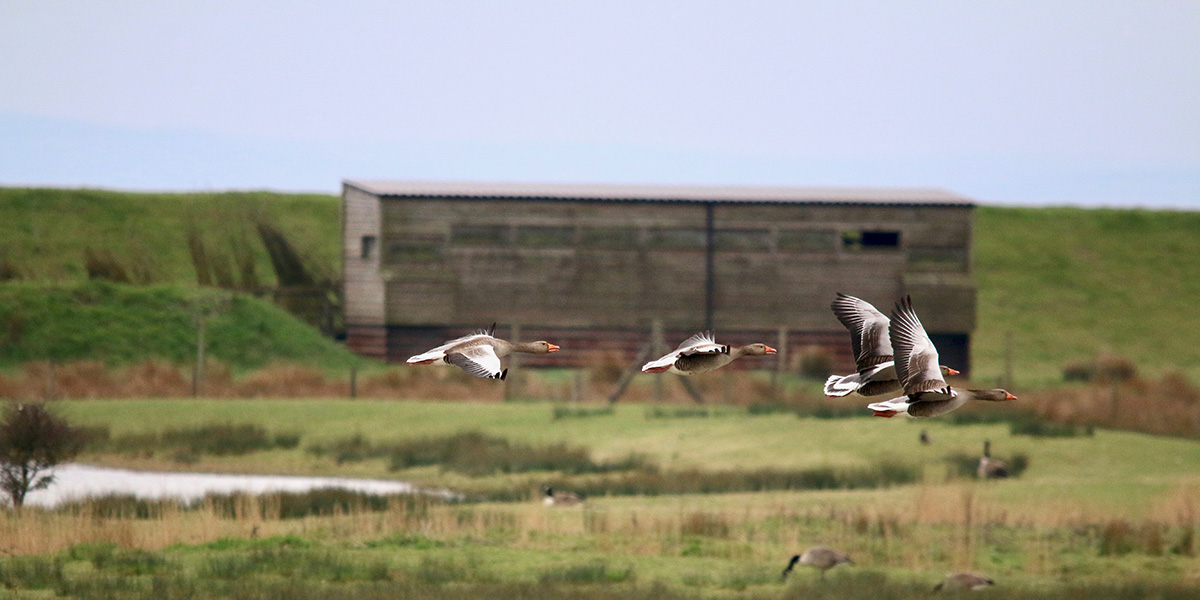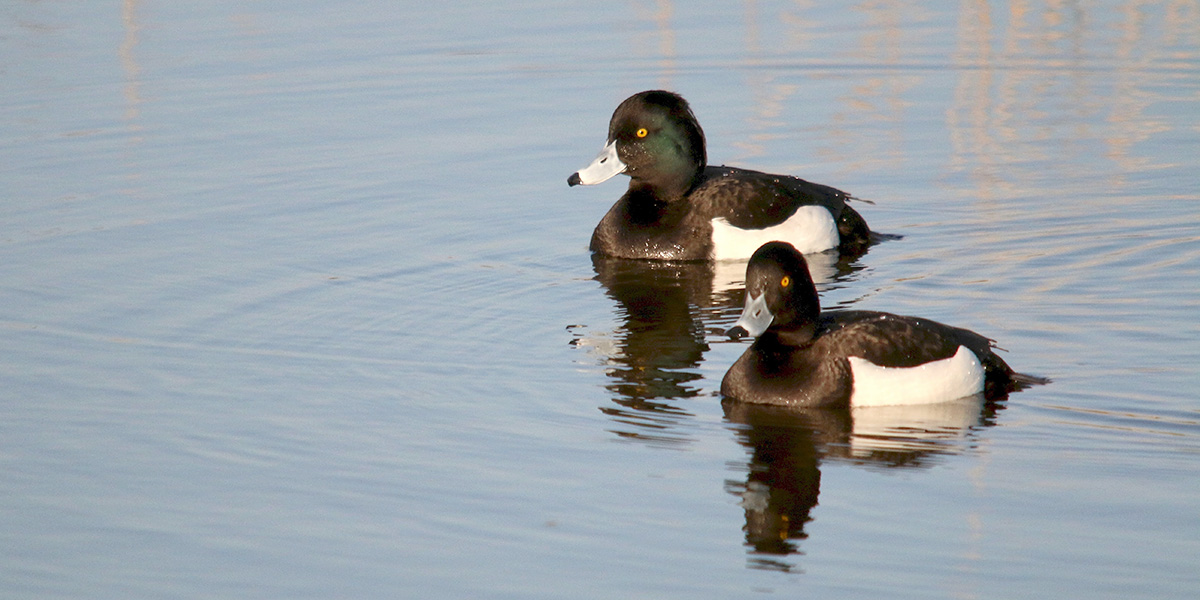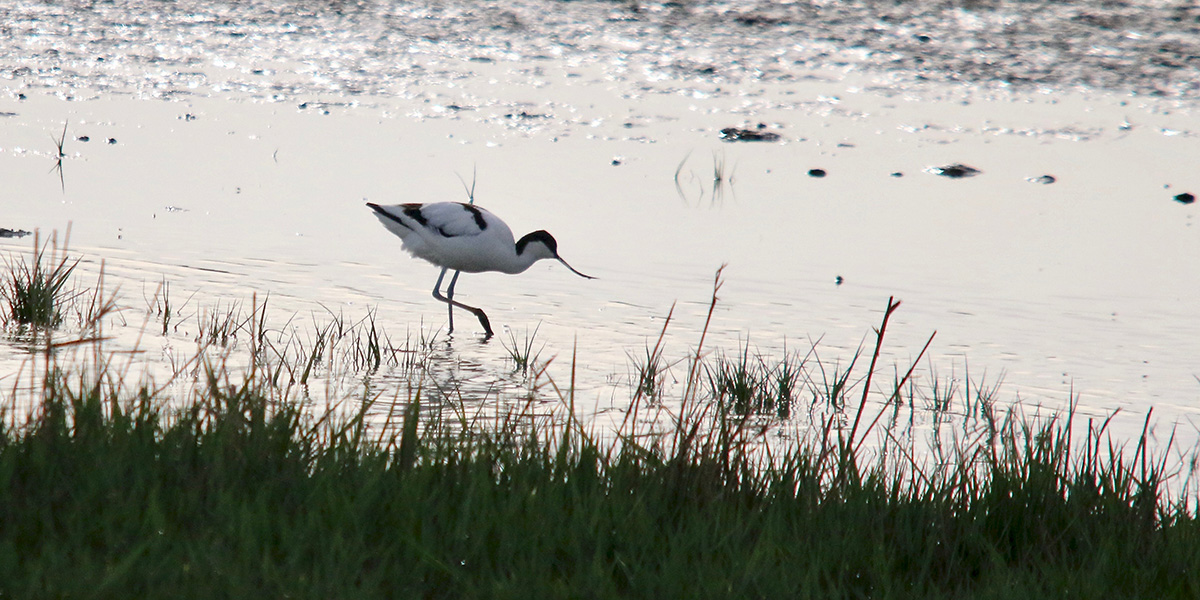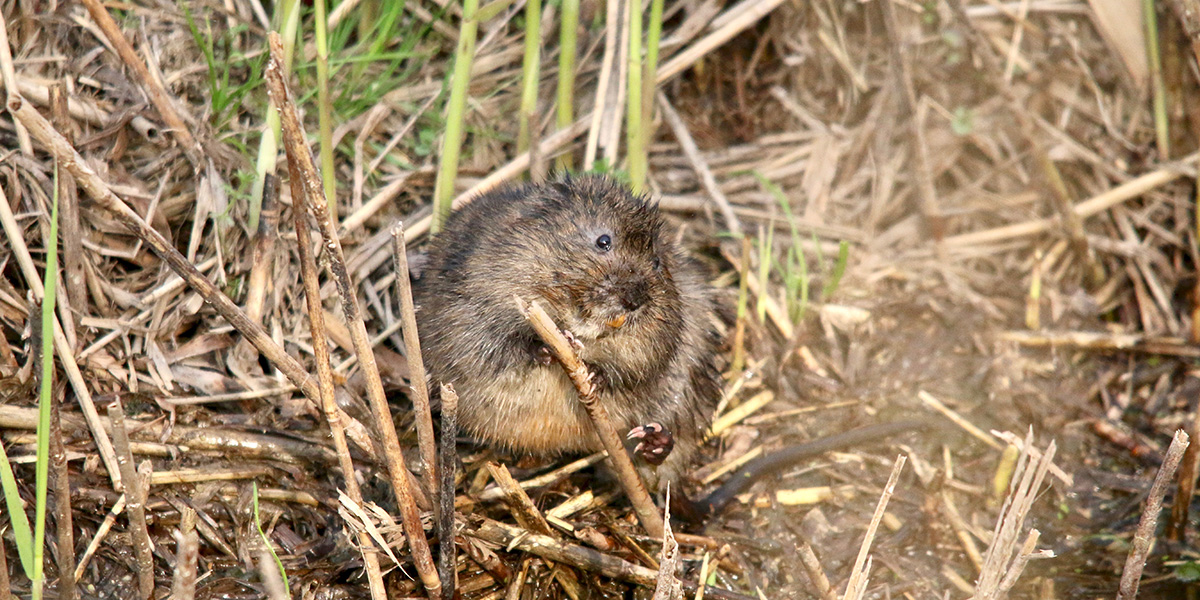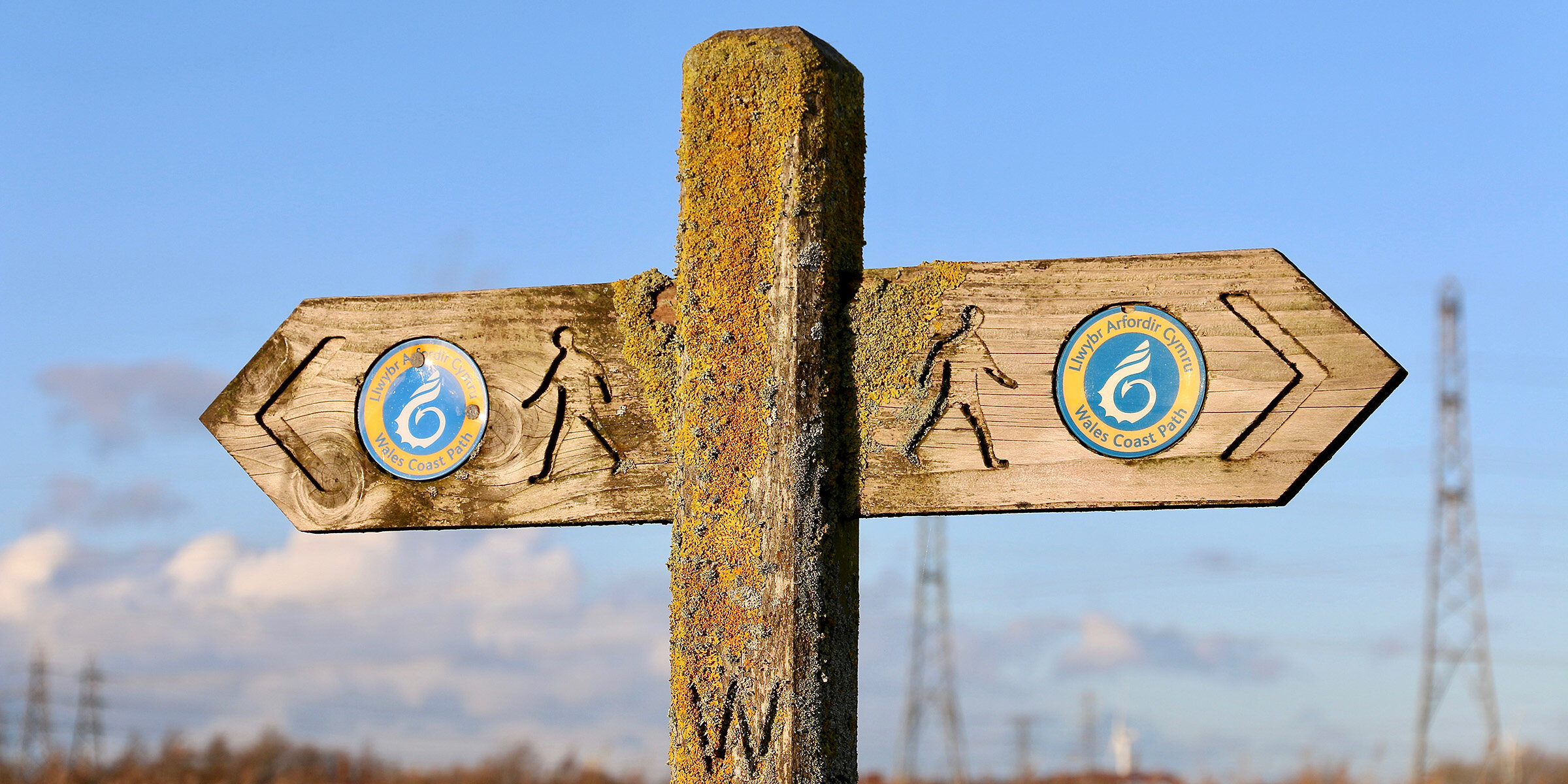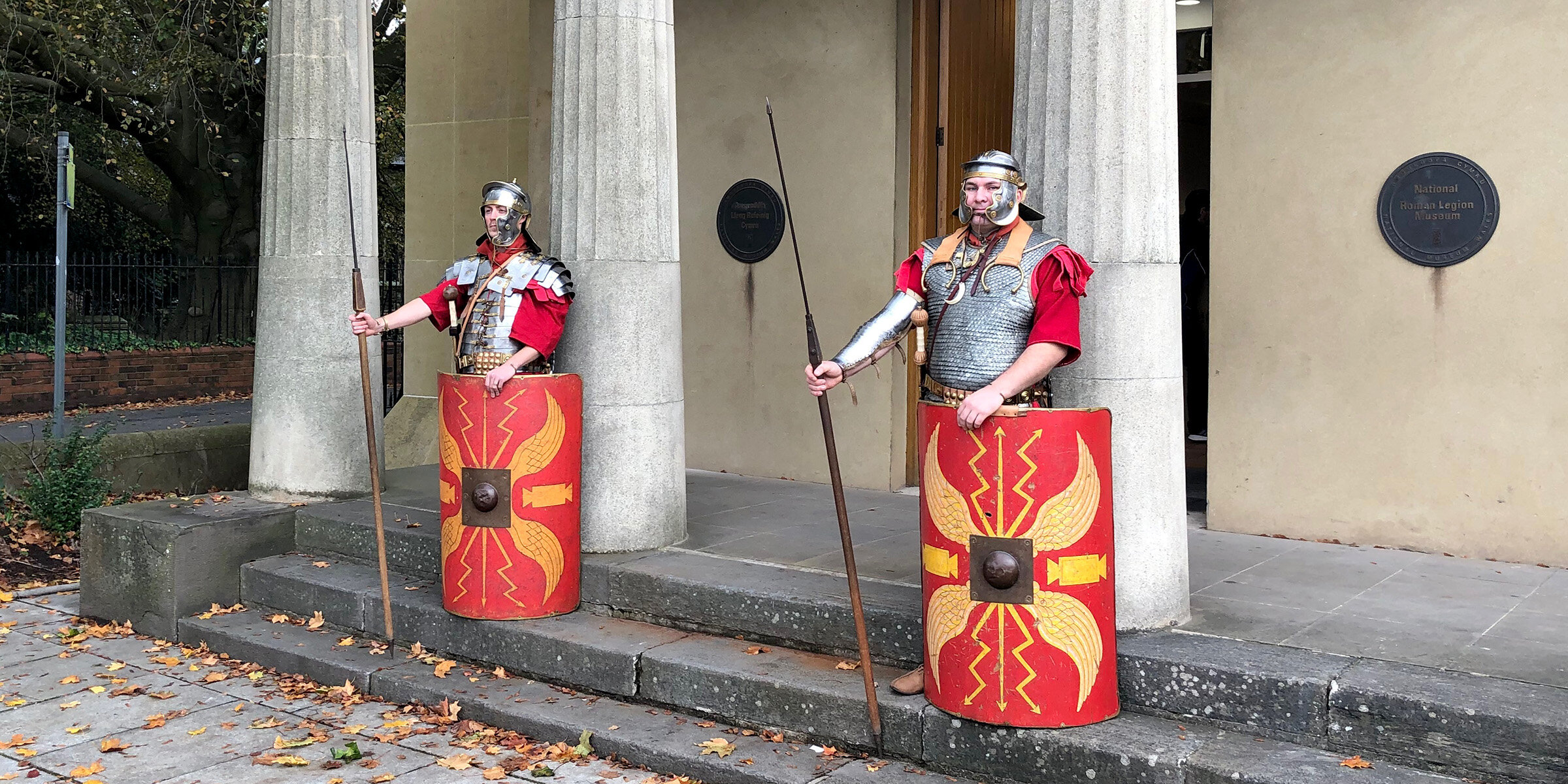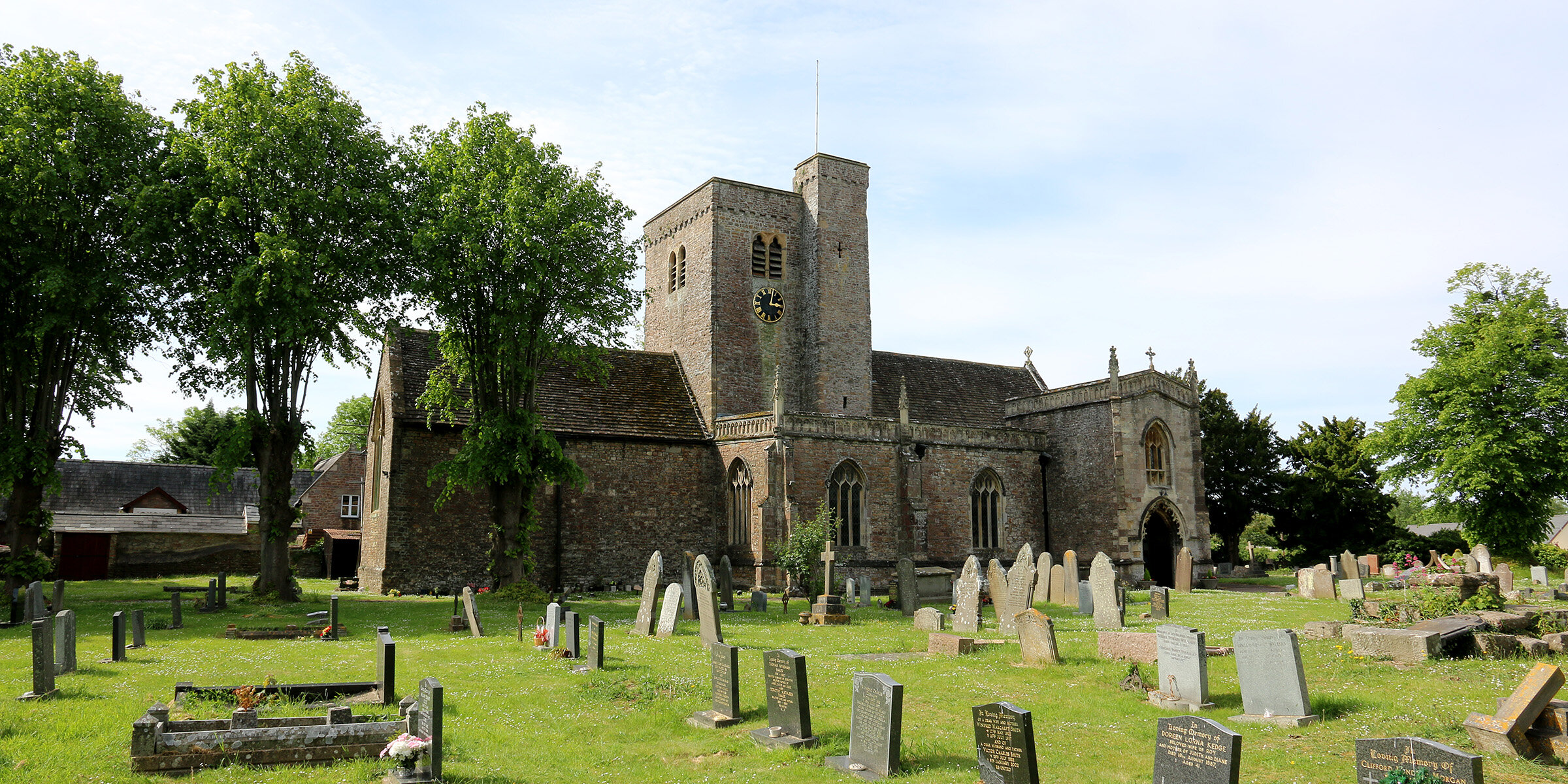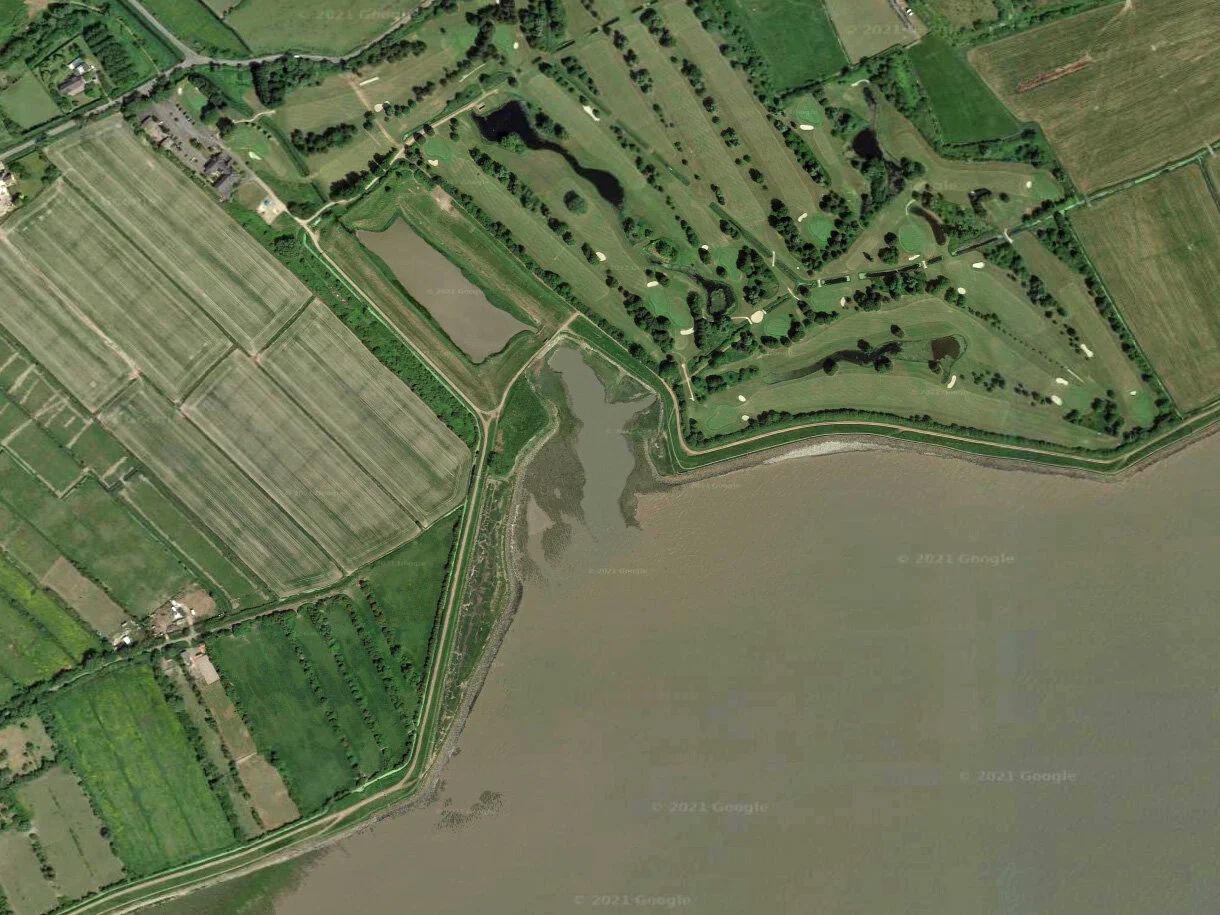The Goldcliff Lagoons were created in the late 1990s and form the eastern end of the Newport Wetlands National Nature Reserve.
The site lies just south of Goldcliff village and consists of three shallow saline lagoons, called Monk’s, Prior’s and Bec’s. The lagoons are surrounded by a mosaic of different habitats, including wet grassland, hedgerows, scrub, reedbeds, water-filled ditches and reens, and the mud flats of the Severn Estuary.
In spring, birds use the lagoons and surrounding wet grassland to nest and rear their young, safe behind the lagoons 2.2km anti-predator electric fence. Six species of wader nest here, including avocet, lapwing, little ringed plover, ringed plover, oystercatcher and redshank. This is the only site in south Wales where avocet breed.
During the autumn and winter months, the reserve is a vital pit-stop for migratory ducks and waders, such as teal, wigeon, curlew and lapwing. These birds arrive from Scandinavia and northern Europe in huge numbers to feed on the millions of creatures that live in the mud, sand and saltmarsh.
The site is also important for its invertebrates: over 400 species have been recorded, including nationally rare species such as great silver water beetle and shrill carder bee. Also keep an eye open for water voles feeding and swimming in the reens.
Park on Goldcliff Rd and follow the footpath into the reserve. There are a series of hides and viewing platforms overlooking the three lagoons.
More information
For more information about Goldcliff Lagoons and latest sightings visit the Friends of Goldcliff Lagoons website.
Click here for more information about bird-life at Goldcliff Lagoons.
The Wales Coast Path is a long distance footpath that begins (or ends) in Chepstow and follows the coast of Wales for 870 miles (1400km) to Queensferry in Flintshire.
Step back in time at the National Roman Legion Museum and explore life in a far-flung outpost of the mighty Roman Empire.
Parc Tredelerch (Tredelerch Park) is an area of parkland next to the Rhymney River on the east side of Cardiff.
Churches have been at the heart of life on the Levels for much of the last thousand years.
In 2002, during construction of the Newport Riverfront Arts Centre on the west bank of the River Usk, the remains of a 15th century ship were discovered.
Explore the fascinating prehistory of the Gwent Levels at a stunning new exhibition at Newport Museum and Art Gallery.
Sitting on the edge of the Gwent Levels, between the wide expanse of the Severn Estuary and the mouth of the River Usk, lies the Newport Wetlands National Nature Reserve.
Half a mile east of the former church of St Peter in Peterstone Wentlooge, Peterstone Gout, or Great Gout, is an important and interesting landmark on the Wentlooge Level.
Over its long history, the parish church of Redwick has been dedicated to several different saints; before 1875 it was St. Mary the Virgin and before that St. Michael the Archangel.
The history of St Mary’s church, Nash, known locally as “the Cathedral of the Moors”, is closely linked to the nearby medieval Benedictine Priory at Goldcliff.
OS Grid Ref: ST 367 824
Website


